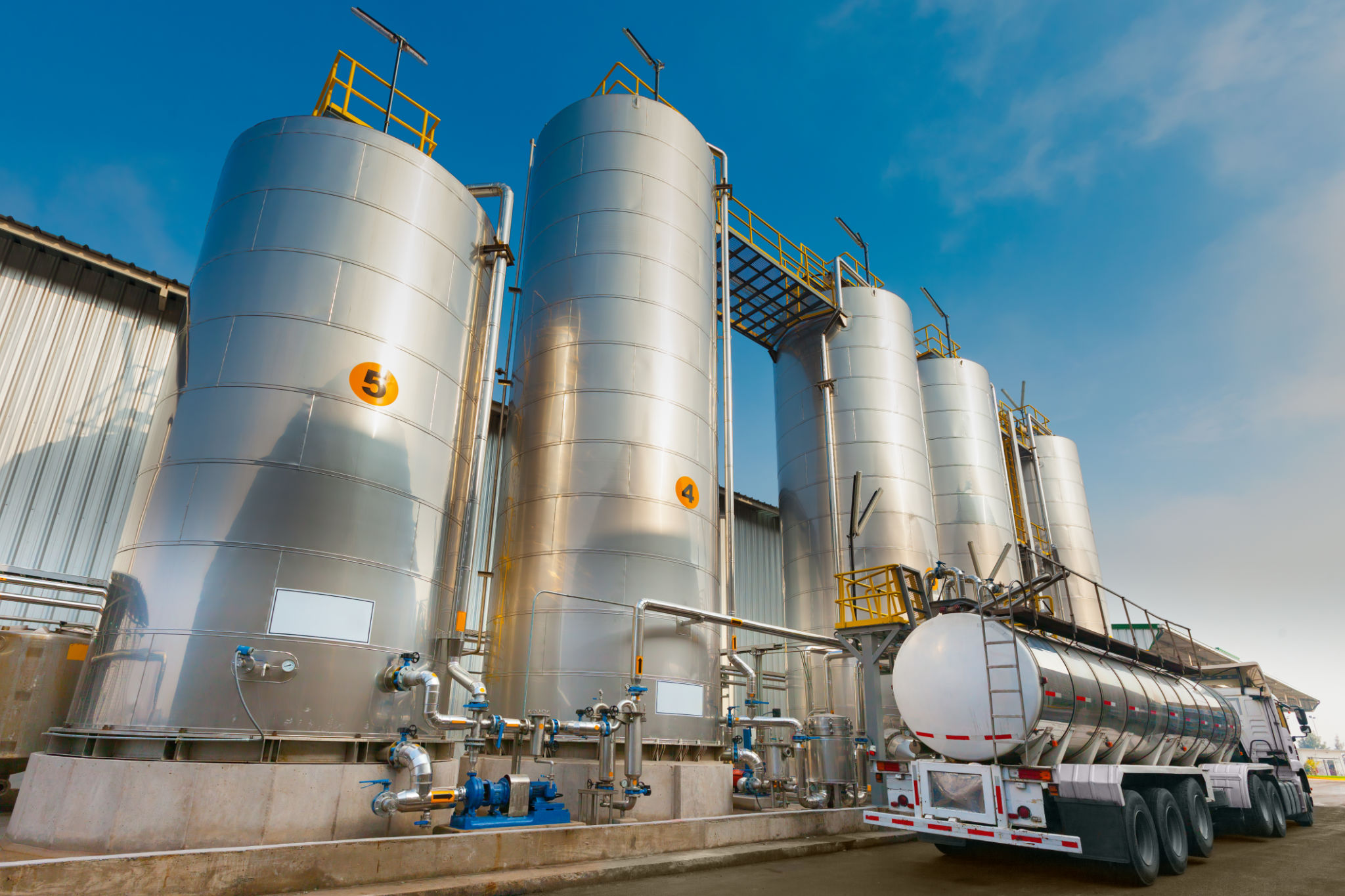Preparing for Seasonal Demand: Industrial Gas Supply Tips
Understanding Seasonal Demand in Industrial Gas Supply
Managing the supply of industrial gases can be challenging, especially during peak seasons when demand surges. Understanding the dynamics of seasonal demand is crucial for ensuring that your operations run smoothly without any interruptions. Industries often face increased demand in specific seasons due to factors like weather changes, holidays, or industry-specific cycles.
For instance, the food and beverage industry might see a spike in demand for carbon dioxide during the summer months for beverage carbonation. Similarly, the healthcare sector may require more oxygen during flu seasons. By anticipating these trends, businesses can better prepare and respond proactively.

Forecasting Demand Accurately
Accurate forecasting is the backbone of preparing for seasonal demand. Utilize historical data to identify patterns and trends that can help predict future demand. Implementing advanced analytics and forecasting tools can provide more precise insights into when and how much supply will be needed.
It's also essential to maintain close communication with your customers to understand their projected needs. Engaging in regular discussions can help you adjust your supply chain strategies accordingly, ensuring that you're ready to meet increased demands.

Optimizing Inventory Management
Effective inventory management ensures that you have enough stock to meet increased demand without overstocking, which can tie up capital and space. Establish reorder points and safety stock levels based on your demand forecasts.
Consider implementing an automated inventory management system to keep track of stock levels in real-time. This technology enables quick adjustments to orders and helps avoid any potential shortfalls or excesses.
Implementing Just-In-Time Strategies
Just-In-Time (JIT) strategies can be beneficial during peak seasons. By aligning production schedules closely with demand forecasts, you can minimize waste and reduce storage costs. However, JIT requires a highly responsive supply chain and reliable logistics partners to ensure timely delivery.

Strengthening Supplier Relationships
Your suppliers play a critical role in managing seasonal demand. Build strong relationships with them to ensure they can provide the necessary volume when needed. Regularly reviewing contracts and maintaining open lines of communication with suppliers will help secure a steady supply chain.
Consider diversifying your supplier base to mitigate risks associated with relying on a single source. This strategy can provide flexibility and additional options if one supplier faces challenges meeting your demands.

Enhancing Logistics and Distribution Efficiency
Efficient logistics and distribution are vital for meeting seasonal demand. Assess your current logistics operations and identify areas where improvements can be made, such as optimizing delivery routes or leveraging technology for better tracking and management.
Partnering with experienced logistics providers who understand the nuances of industrial gas delivery can also enhance your distribution efficiency, ensuring your products reach customers on time.

Ensuring Safety and Compliance
During periods of increased demand, it's crucial not to overlook safety and compliance standards. Ensure that all safety protocols are strictly followed, and employees are adequately trained to handle the increased workload safely.
Regularly review compliance regulations to ensure your operations meet all legal requirements. Staying updated with industry standards will help avoid potential penalties and maintain a safe working environment.
